Fujifilm FinePix S200EXR Review
Fujifilm FinePix S200EXR
Is this the best super-zoom camera of the year?
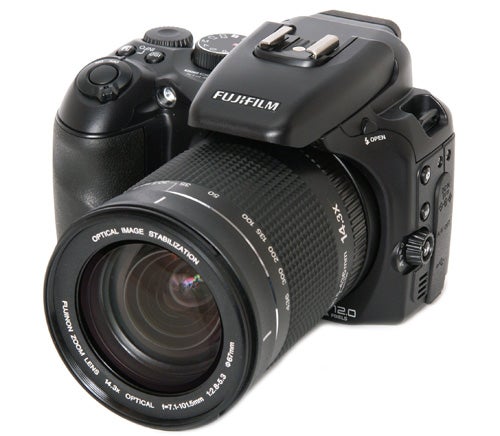
Verdict
Pros
- Manual 14.3x (30.5-436mm) lens
- Powerful flash
- Manual controls
- Great low light performance
- Electronic viewfinder
Cons
- Large and heavy body
- Only VGA video
- Fixed monitor
Key Specifications
- Review Price: £315.00
- Manual 14.3x (30.5-436mm) lens
- Electronic viewfinder
- Manual controls
- 12 megapixel
- EXR sensor for superb low light shooting
2009 has been a bit of a thin year for super-zoom cameras. With digital SLRs becoming ever more popular and accessible, and pocket-sized compact cameras sporting lenses with up to 12x zoom, the traditional SLR-styled super-zoom bridge camera is in danger of becoming something of an anachronism. There have been a few good super-zooms launched this year, such as the Canon SX1 IS, the Panasonic FZ38 and the Nikon P90 as well as one or two that have been merely average, such as the Pentax X70, the Olympus 590UZ or the Casio FH20, but the general impression I’m getting is that nobody seems to be that interested in them anymore. While a couple of years ago most camera manufacturers would have three or four super-zoom models in their range, today most have only one.
One company does still seem to have faith in the format however. Fujifilm has a long and successful history with super-zoom cameras, producing some instant classics such as the FinePix 6900Z, the S5700, the S8000fd and of course the brilliant S9600, still one of my favourite cameras of all time. This success was followed up last year with the S100FS, a large advanced super-zoom camera featuring a high quality f/2.8 – f/5.3 manual zoom lens equivalent to 30.5-436mm.
Fujifilm is also well known for its innovative sensor technology, and earlier this year launched the F200EXR featuring its new SuperCCD EXR. This revolutionary sensor has three modes of operation. In normal mode it operates like any other 12-megapixel CCD. In low light conditions however adjacent pairs of photocells can be combined to effectively produce a 6-megapixel sensor with double the light sensitivity. It uses a specially designed RGB filter with pairs of adjacent same-coloured filters, rather than the usual Bayer pattern. This obviously improves low light performance, but in the third shooting mode it also vastly improves dynamic range. The F200EXR won awards all over the place, including a well-deserved “Recommended” from us, so now Fujifilm has done the obvious thing; it has put the sensor from the F200EXR into the body of the S100FS, and the result is the S200EXR, unquestionably the most exciting new super-zoom camera to appear this year.
The body of the S200EXR is of course very similar to the S100FS, but it isn’t identical. It’s a physically large camera, designed in the traditional SLR-like style with a large and comfortable handgrip. It measures 133.4 x 93.6 x 145mm and weighs a substantial 850g including battery and memory card, which is larger and heavier than some digital SLRs; the Canon EOS 500D is 129mm wide and weighs 670g with a kit lens. The body is made of plastic apart from the metal lens barrel, but it feels solid and durable although a couple of the fit lines could be better, and I’d be happier if the hatches at least had metal hinges.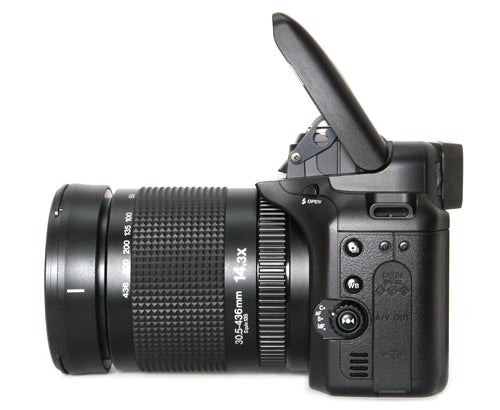
One major way in which the S200 body differs from the S100 is the monitor. The new camera has a fixed 2.7-inch 230k monitor instead of the 2.5-inch tilting monitor of the earlier model. Why Fuji has done this I’m not sure, since other manufacturers have managed to fit larger articulated screens to smaller cameras. The quality of the screen is very good though, with and extremely wide viewing angle of approximately 160 degrees in all directions, so perhaps it was felt that it didn’t need to tilt as well.
Like the S100 the S200 has an electronic viewfinder. It is a 0.2-inch display with a resolution of 200k dots, and appears to be what is known as a “field sequential display”, in which each pixel display red, green and blue in rotation. This produces a much sharper image than conventional EVF displays for still images, and is certainly sharp enough for accurate manual focusing, however if you pan the camera quickly you can see a slightly trippy multi-coloured trail following the highlights.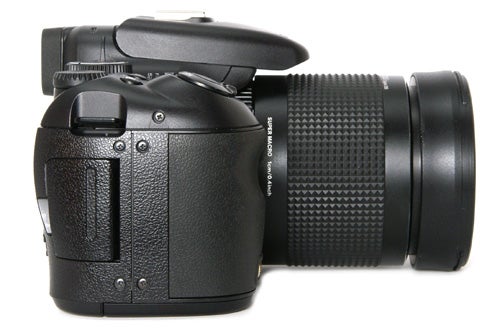
The S200 not only looks and feels like an SLR, it handles like one too. The control layout is much more reminiscent of a DLSR than a compact camera, with individual buttons for ISO setting, white balance, drive mode and exposure compensation, rotary switches for focusing and metering modes, and a large thumbwheel for adjusting parameters. The controls layout is well considered, and the controls themselves feel reassuringly solid with excellent tactile feedback. The camera is obviously designed for two-handed operation, with the left hand operating the manual zoom by rotating the lens barrel. The zoom has a very nice smooth action with a large textured grip that is quick and easy to turn.
The EXR mode is interesting and fun to use. In EXR Auto mode the camera automatically detects the type of scene, choosing from portrait, night, macro, landscape, night portrait or back-lit portrait, and adjust the settings accordingly, but this can be manually overridden. There are three options, HR mode for maximum resolution, DR mode for enhanced dynamic range, and SN noise for improved low-light performance and low noise at high ISO settings. In the latter two modes the image size is reduced to six megapixels, which might seem like something of a disadvantage compared to all the 10, 12 or even 14 megapixel compacts out there, but it’s not so long ago that I was using a six-megapixel DSLR for professional work. 6MP is perfectly adequate for A4 prints, and the gain in noise reduction and dynamic range is, in my opinion, worth the reduction in resolution. In DR mode the camera captures shadow and highlight detail that other cameras will miss, while in SN mode it can consistently produce usable images at 1600 ISO even at long exposure times.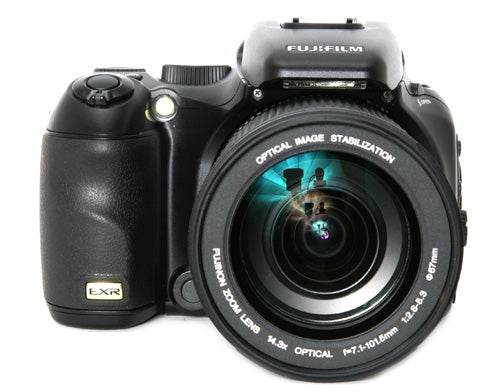
The S200’s other main feature, somewhat overshadowed by the clever sensor technology, is its film simulation mode. Fujifilm, as the company name suggests, is well known for its top-quality professional films, particularly Provia, Velvia and Astia. Provia is a standard film used for general photography, with a neutral colour balance and excellent fine detail, while Velvia is a popular choice for landscape and commercial photography thanks to its rich saturated colours. Astia is a softer film suitable for portrait photography. The S200 attempts to simulate these film types, as well as the usual sepia and monochrome, and as far as I can tell it succeeds admirably. The Velvia is particularly good, with superb colour saturation.
As well as these automatic settings the S200EXR offers a DSLR-like level of customisable control, with adjustable tone, colour, sharpness and noise reduction, as well as fine tuning for white balance. Custom setups can be saved and instantly recalled using two custom setting positions on the main mode dial.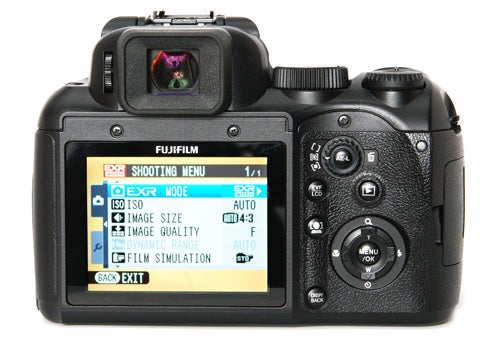
Another largely overlooked feature is the superb pop-up flash. It is on a long armature which raises it six centimetres above the lens, greatly reducing the incidence of red-eye in close-up portraits. It also has intelligent flash metering so that close-range subjects are not burned out, and flash output is nicely balanced with ambient light.
One feature that is notable by its absence is HD video recording, which is currently the fashionable must-have feature for new digital cameras. It does have VGA video at 30fps with mono audio recorded via an internal microphone, and of course the manual zoom can be used while recording. The video quality is very good, and the sound quality is better than I expected, although the microphone is non-directional and picks up sound from behind the camera just as loudly as from in front.
The S200EXR is certainly light on its feet for such a large and complex camera. It starts up in a little over 2.5 seconds, and shuts down again in just under two seconds. In single-shot mode it has a shot-to-shot time of approximately 1.1 seconds at full 12-megapixel resolution, although after six shots it does slow down to approximate 1.7 seconds as the buffer fills up. There appeared to be no detectable benefit from using a faster class 10 SD card. The camera has several burst shooting modes including first six or last six at full resolution, or high-speed first 24 and last 24 at three-megapixel resolution. It also has exposure, film simulation and dynamic range bracketing, but it has no actual unlimited continuous mode. In the full-res modes it shoots at 1.6fps.
The autofocus system works exceptionally well in all lighting conditions, focusing quickly and accurately even in total darkness thanks to a very bright AF lamp that has a range of around four metres. I think the AF lamp may use ultraviolet light, because it appears much brighter in the monitor than it looks to the naked eye. The only problem I found was some difficulty in focusing on moving subjects, but this is common to most contrast-detection AF systems.
One issue I found with the older S100FS was that the lens, while certainly impressively fast and sharp, did suffer from significant chromatic aberration, especially at wide angle. Although the S200EXR uses what appears to be the same lens this problem seems to have been addressed, possibly by software adjustment in the new EXR processor. There is still a hint of green/red fringing at the edges of the frame, but I’ve seen worse from some DSLR lenses. In all other respects the lens performs brilliantly. It is nice and sharp from corner to corner, produces virtually no distortion at any focal length, and retains a good wide aperture throughout most of the zoom range.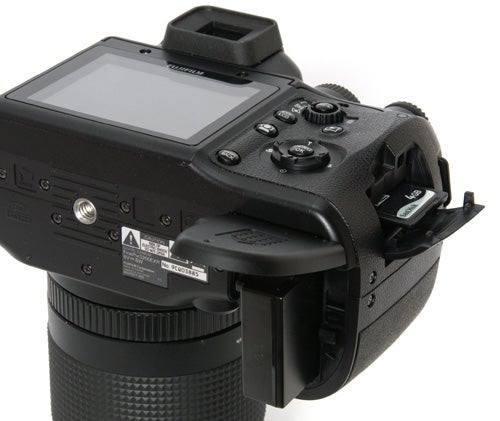
Of course the big question is whether or not all that fancy sensor technology actually produces better pictures, and the answer is an unequivocal “yes”. In HR mode the level of detail from the full 12-megapixel sensor is outstanding, rivalling most digital SLRs, while in DR mode the dynamic range is superb, capturing excellent shadow detail while avoiding burned-out highlights, and in SN mode it produces effectively noise-free images at up to 800 ISO. Colour reproduction is superb, To get better noise control you’d have to move up to a digital SLR with a larger sensor.
”’Verdict”’
Fujifilm has once again produced a superb feature-packed super-zoom camera that sets new standards for image quality and versatility, providing more control than most entry-level DSLRs. As a hobby photographer’s camera the S200EXR is in a class of its own, and at its current price it’s outstanding value for money.
”Over the next few pages we show a range of test shots. On this page the full size image at the minimum and maximum ISO settings have been reduced to let you see the full image, and a series of full resolution crops have taken from original images at a range of ISO settings to show the overall image quality. These pictures were taken indoors using diffused artificial light. ”
—-

This is the full frame at 100 ISO. All of these ISO test shots were taken in EXR SN mode.
—-
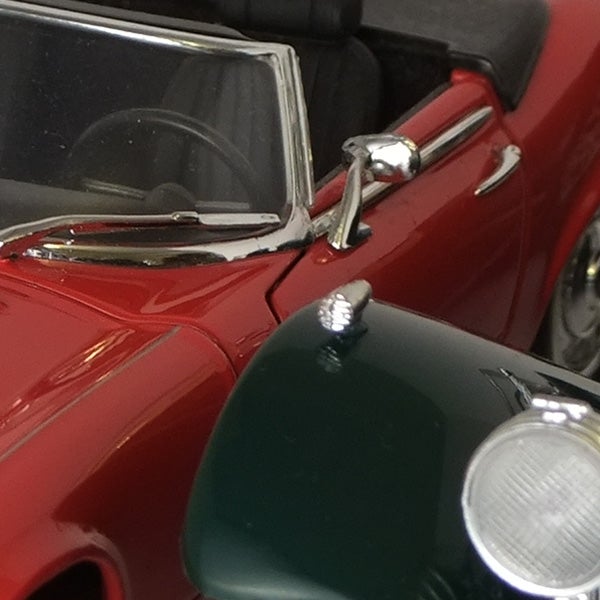
100 ISO and the picture quality is flawless.
—-
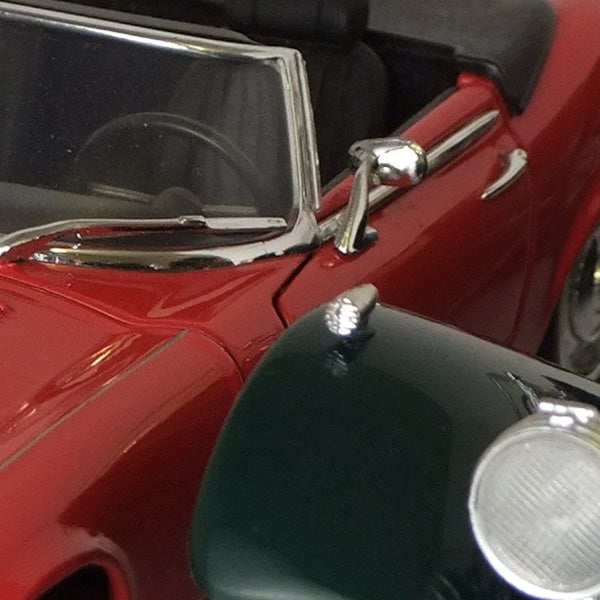
No noticeable difference at 200 ISO.
—-
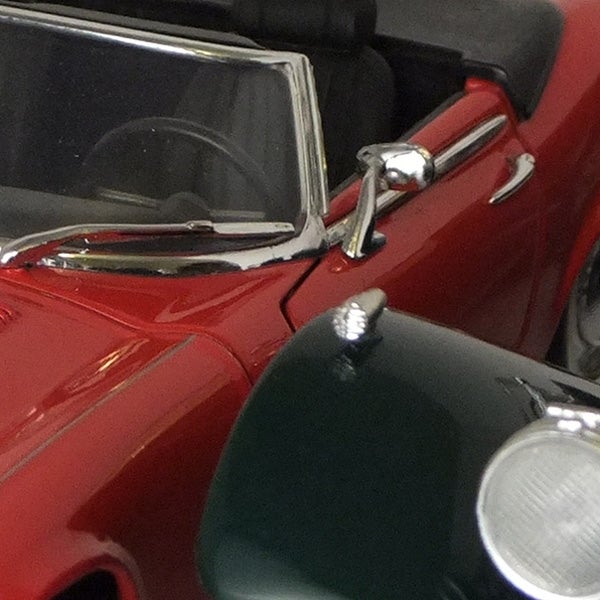
Still no problems at 400 ISO.
—-
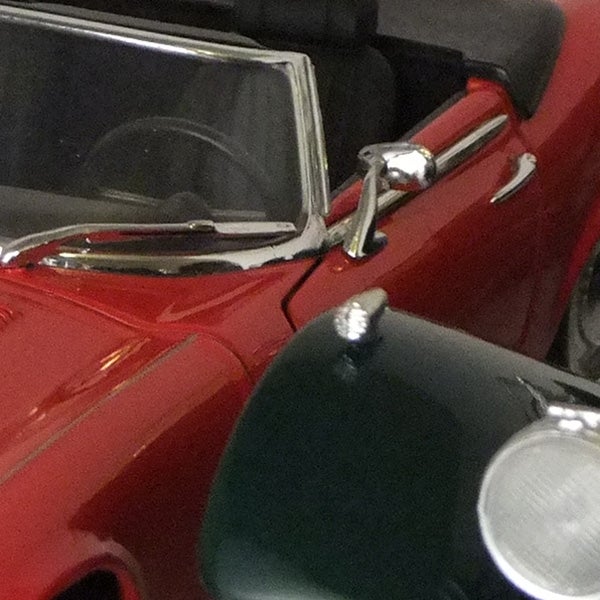
There is some grain visible at 800 ISO but the overall quality is still excellent.
—-

A perfectly usable image at 1600 ISO.
—-

This is the full frame at 1600 ISO.
—-
”A range of general test shots are shown over the next two pages. In some cases, the full size image has been reduced for bandwidth purposes, and a crop taken from the original full resolution image has been placed below it to show the overall image quality. Some other pictures may be clicked to view the original full-size image. ”
—-
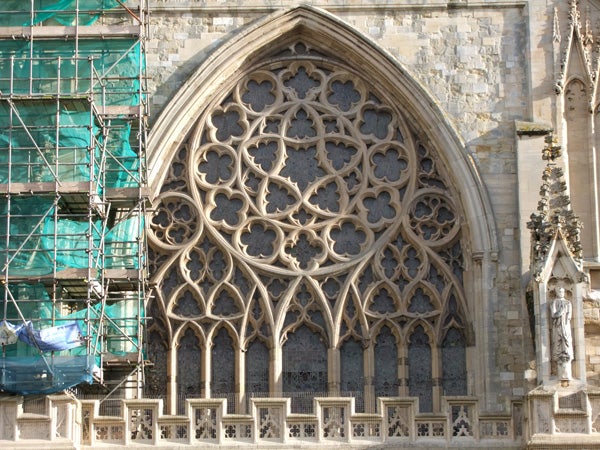
Here’s the usual detail test shot of the West Window of Exeter Cathedral, for you to compare with other cameras. See below for a full res crop, or click to see the whole picture. The downloadable file is approximately 4.4MB.
—-
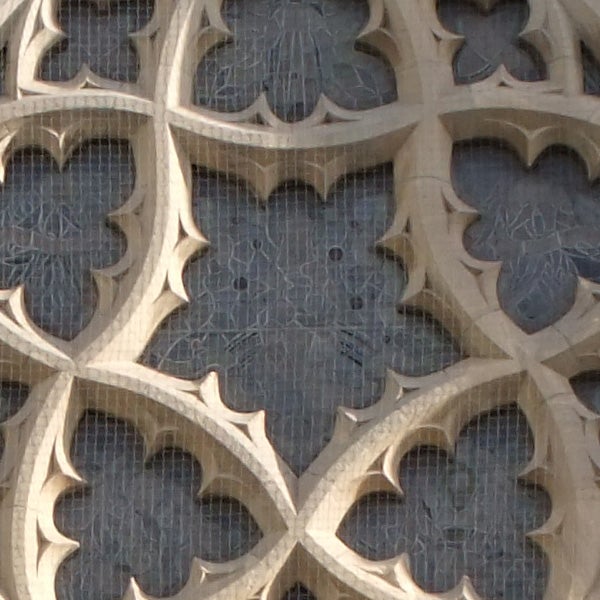
The level of fine detail in EXR HR mode is outstanding, comparable to a digital SLR.
—-
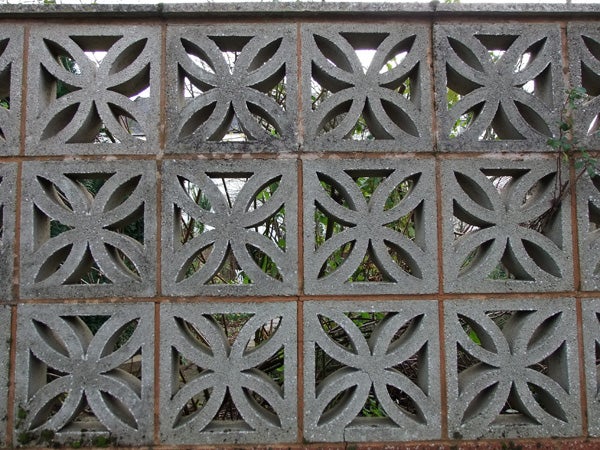
The lens is excellent, producing no distortion at wide angle.
—-
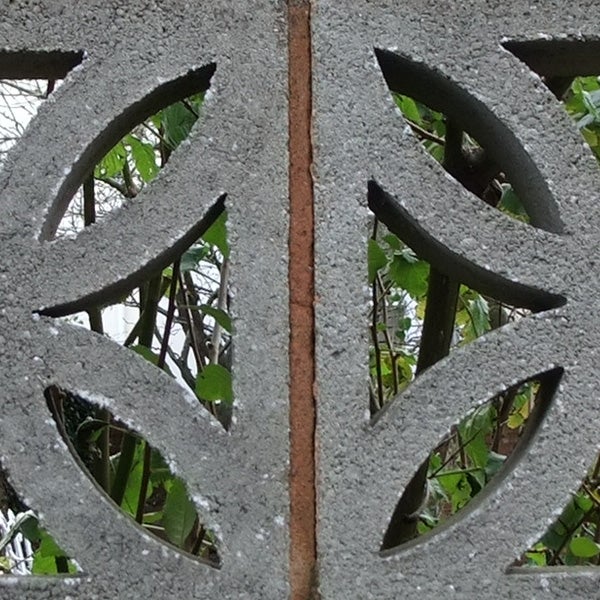
Centre sharpness is superb.
—-
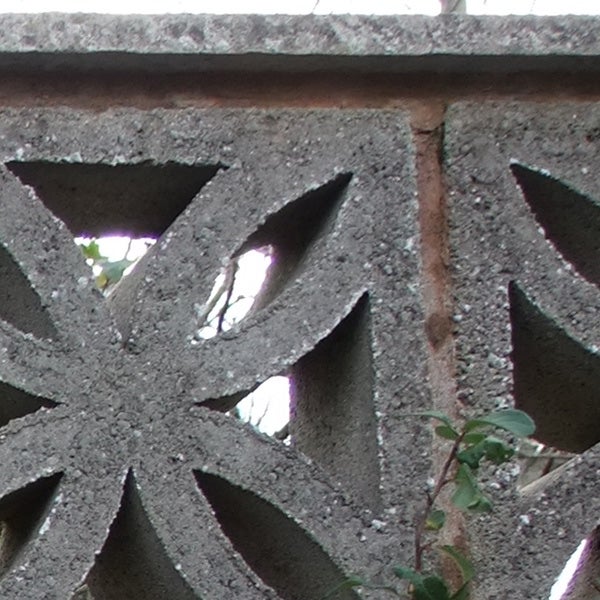
Corner sharpness is also very good, but there is still a hint of chromatic aberration.
—-
”Here are some general test shots to help evaluate the camera’s overall image quality, including dynamic range, colour rendition and the zoom range of the lens. Some pictures may be clicked to download the full size original image. ”
—-

The wide-angle end of the zoom is equivalent to 30.5mm.
—-

the telephoto end is a massive 436mm.
—-
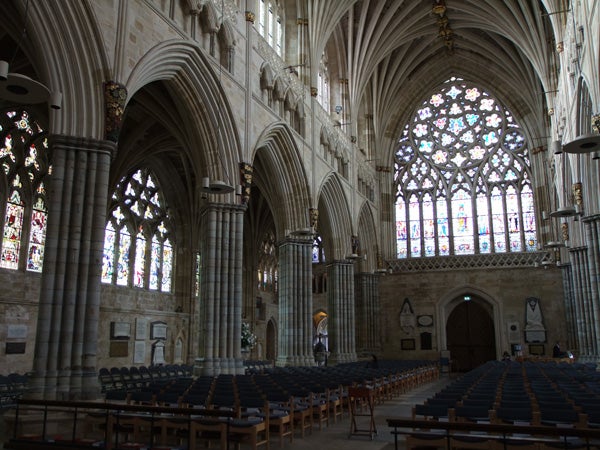
This shot illustrates the dynamic range in standard mode.
—-
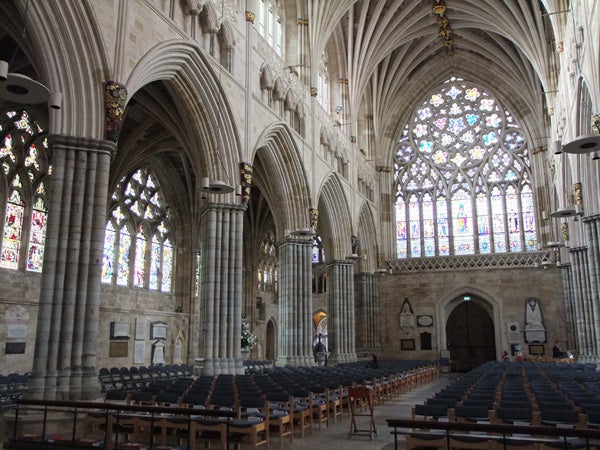
This was taken from the same position in EXR DR mode. As you can see there is a lot more shadow and highlight detail.
—-

The AF is nice and accurate, great for a bit of urban wildlife photography.
—-
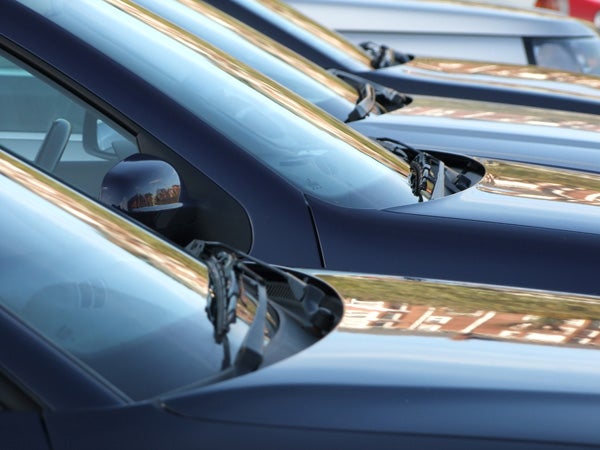
Even a carpark can hold some interesting photos.
—-

In EXR Auto the camera switches to DR mode if it detects high contrast.
—-
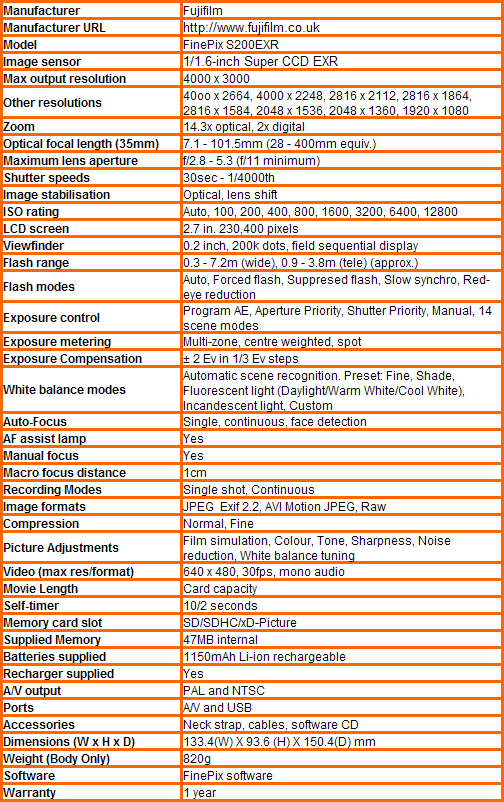
Trusted Score
Score in detail
-
Value 10
-
Image Quality 10
-
Build Quality 9
Features
| Camera type | Super Zoom |
| Megapixels (Megapixel) | 12 Megapixel |
| Optical Zoom (Times) | 14.3x |
| Image Sensor | CCD |
| Image Stabilisation | Optical |
| LCD Monitor | 2.7 in |
| Flash modes | Auto Flash, Flash ON, Flash OFF, Red-eye Reduction |
| Video (max res/format) | 640 x 480 |
| Memory card slot | Secure Digital (SD) Card, Secure Digital High Capacity (SDHC) Card |

